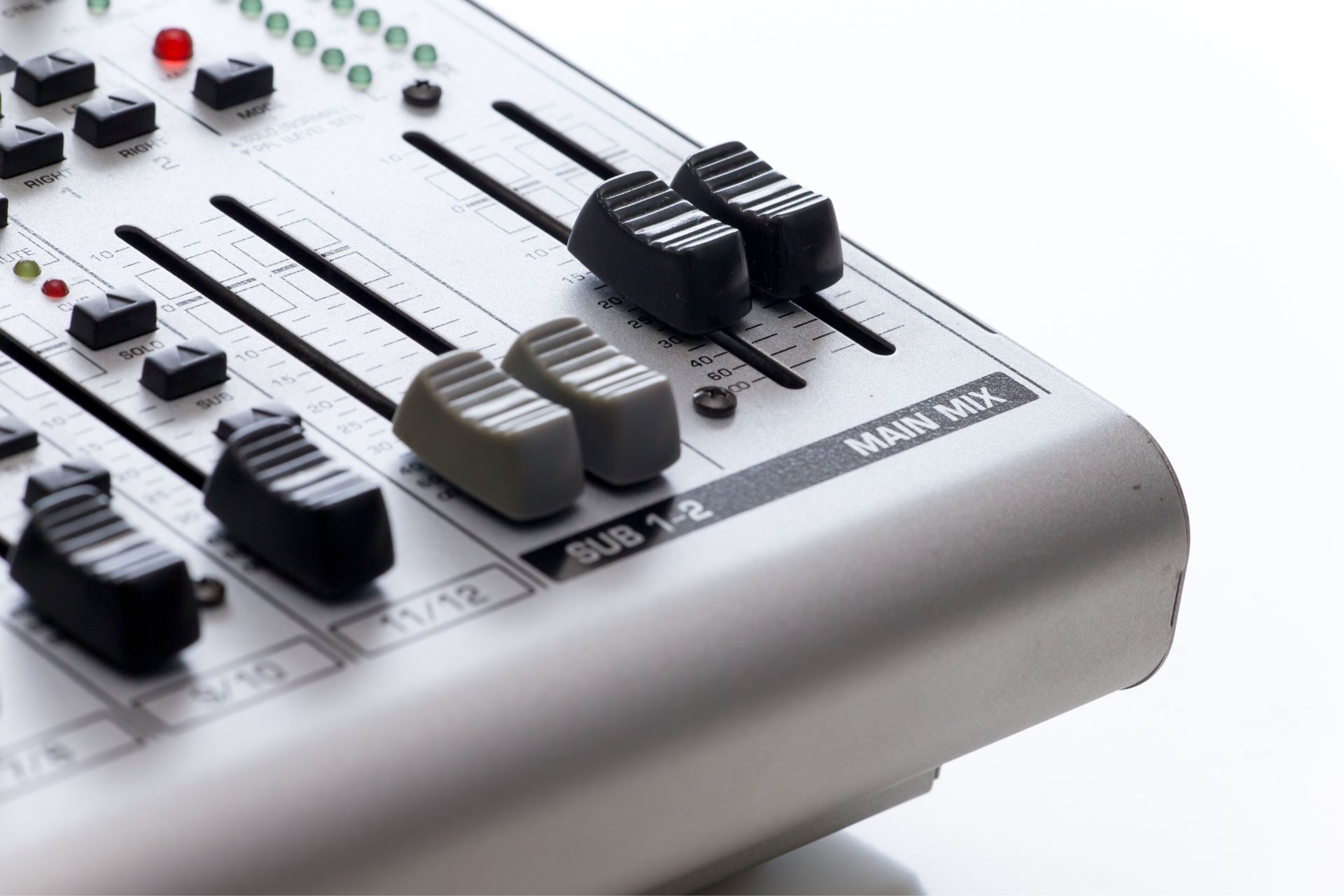Principal Component Analysis (PCA) in DSP
How does PCA help in reducing the dimensionality of data in digital signal processing?
Principal Component Analysis (PCA) is a widely used technique in digital signal processing for reducing the dimensionality of data. By transforming the original data into a new set of uncorrelated variables called principal components, PCA helps in capturing the most important information while discarding the less relevant information. This reduction in dimensionality not only simplifies the data but also helps in improving computational efficiency and reducing noise in the signal processing tasks.



